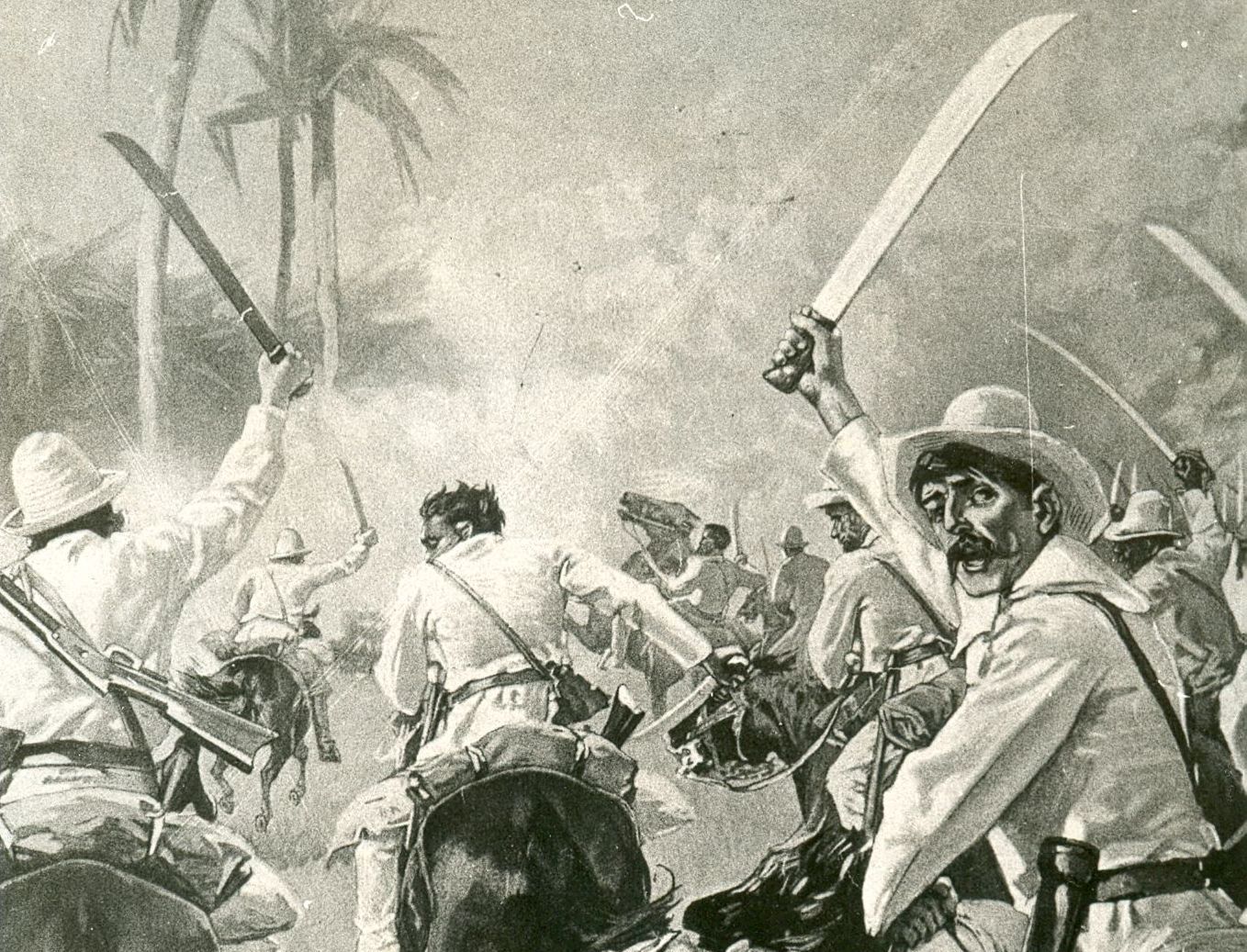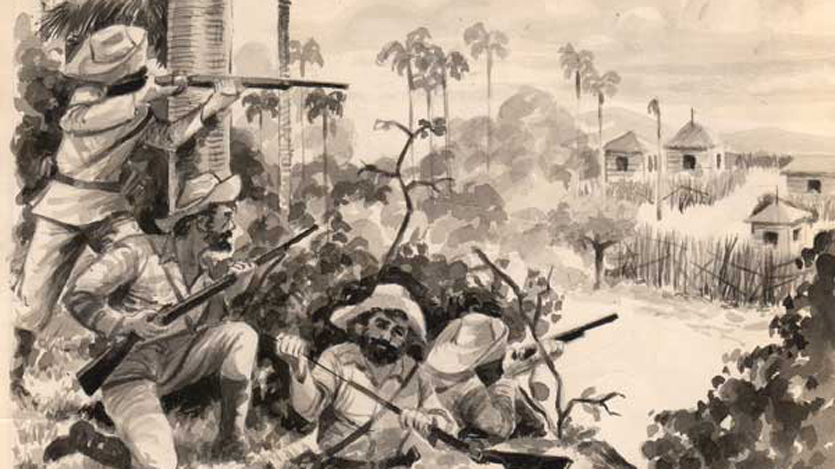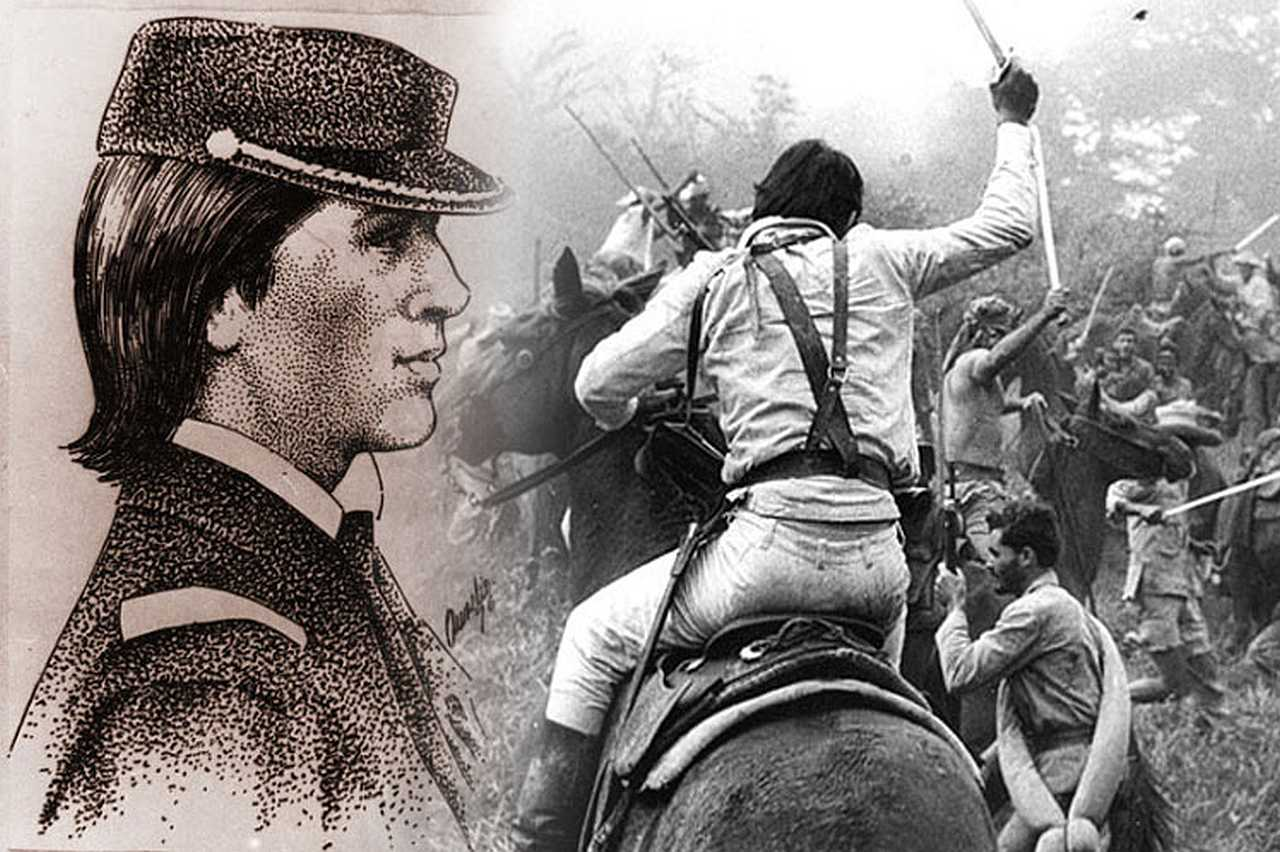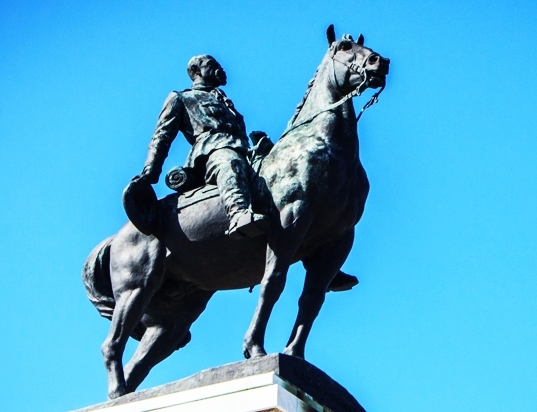
By Abraham Sierra Quiros/Radio Cadena Agramonte
The attack began at six in the morning on September 28, 1873, when the first rays of the sun appeared on the horizon. More than 600 infantry and cavalry men under the orders of Major General Máximo Gómez Báez attacked the coastal town of Santa Cruz del Sur.
The then head of Camagüey, and substitute for Ignacio Agramonte Loynaz, knew the difficulty of that operation because it was a swampy area, with abundant mangroves and mud, and it was the base of operations of the El Rayo Insular Hunters Battalion, information corroborated by Miguel Betancourt Guerra , leader of the insurgent intelligence.
On the way to the outskirts of the town, Gómez left behind Colonel Lino Pérez Muñoz in command of a reserve of 100 infantry and 20 cavalry in a place known as Lunanco, about five kilometers northwest of Santa Cruz, with the mission of protect the mambi (cubans who faught for independence) rearguard.
Shortly before dawn, and from the current Las Yanas park, the Mambi forces divided to take positions around the town and attack it in a surprising and simultaneous way from different points.

The assault began just at dawn and overcame the first obstacles impetuously. Colonels Gregorio Benítez Pérez and José González Guerra , with 100 and 200 infantry men respectively, dealt the main blow through the cemetery, at the western end of the town, the area where the barracks and ammunition dump were located, and were the enemy supplies concentrated
The attack by both forces surprised the Spanish and forced them to abandon the two important positions. The peninsulars retreated to a nearby trench from where they offered tenacious and prolonged resistance.
Meanwhile, Colonel Manuel Suárez Delgado , in command of 100 cavalry men, took positions in front of the Monitor fort on the Camino Real, the main access to the town, and fired on it until neutralizing it, remaining ready to support the rest of the forces if necessary.
With the aim of distracting the enemy's attention, Lieutenant Colonel Bernardo Montejo and fifty infantrymen crossed the entrance to the town and positioned themselves near a beach in the northeast, an almost impassable place and from which they harassed the peninsular forces.
Taking advantage of Suárez's covering fire on the Monitor and with the purpose of dividing the defenders, Colonel Henry Reeve and 50 cavalry advanced impetuously along the Camino Real to the coast and turned east to Playa Bonita, where they vacated the volunteer barracks.

Upon retreating, the Inglesito (the Little Englishman), as Reeve was known, found an artillery emplacement and was greeted with a cannon shot from which he was unharmed. In a gesture of courage and bravery he attacked this enemy position that was blocking his path and managed to momentarily occupy the artillery piece.
In the midst of this situation, the Mambí chief was shot at point-blank range by a Spanish carbine, which caused a serious wound to his right leg and rendered it useless for life.
Neutralized the main sources of resistance, the Mambises remained owners of most of the town and it was necessary to bring in the reserve force left in Lunanco to help gather the large amount of occupied war material.
Two hours after the start of the action and his objectives had been fully achieved, Gómez ordered the withdrawal, leaving behind the western part of the town on fire.
Around eight in the morning the insurgent forces left Santa Cruz del Sur. The movements were carried out slowly due to the heavy load and a previously unleashed storm. The victorious mambises were marching back to the Najasa region.
In his campaign diary, the major general noted that the assault was “one of those that have given the greatest advantages,” since “a lot of ammunition and a rich loot of trade effects and jewelry” had been occupied, although at the price of 17 dead and 50 wounded from the insurgent side.

From the point of view of military historiography, the attack on Santa Cruz del Sur can be placed as a magnificent example of the choice and exploration of an objective, the hidden maneuvers to occupy advantageous positions, the surprise attack in the main direction and distracting actions in others, security measures to prevent the access of reinforcements and the timely exit from combat.
Gómez attached so much importance to the results of this action that years later, in his work The Agreement of Zanjón, he would write: “Since then I believed my project was complete,” referring to his idea of ??invading the Las Villas region. (Photos: Archive, Invasor, Perlavisión, Online Tours)
Sources consulted: Campaign diary, by Máximo Gómez Báez; Bullet, blight and machete, by Gilberto Toste Ballart; Military History of Cuba Part One, from the Center for Military Studies of the Revolutionary Armed Forces.